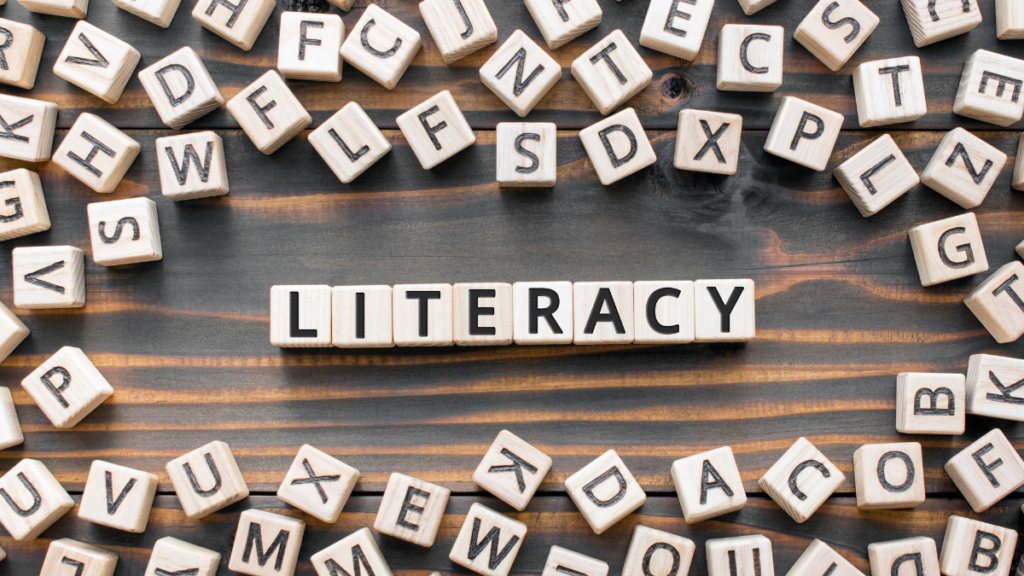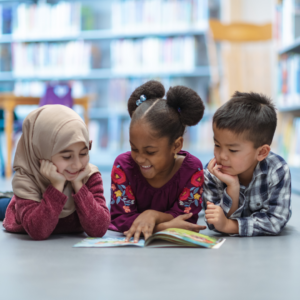Literacy Skills and Development

“Educational literacy is the driving factor in all subjects. In order for students to learn, they need to be able to access the learning. Educational literacy is more than just being able to read, write and spell, it is about students being able to interpret, react, articulate and express their thoughts.”
— Becton Loveless, The Complete Guide to Educational Literacy
Communication is the “glue” that holds us together. Learning how to communicate begins long before the complex conversations we learn to have as adults. The ability to communicate is rooted in our foundational understanding of literacy.
Literacy, by definition, is the ability to read and write.
Literacy allows us to grow and develop our communication skills, so we can listen, comprehend and discern information.
With such a vital concept, literacy proficiency is a key goal in schools, particularly elementary. While there are reading teachers that hone in on key concepts, literacy skills are found in every K-12 classroom. It is very important to explore how to support students’ journey to learn literacy skills while understanding that each child’s experience is different based on the many characteristics, they bring whether it is socioeconomic or simply learning ability.
Related articles:
Child Illiteracy in America: Statistics, Facts, and Resources
Literacy is More than Just Reading and Writing

Literacy is the most basic currency of the knowledge economy.
— Barack Obama
Literacy belongs in every classroom but challenges ranging from district-wide problems such as funding, curriculum, and a global pandemic have affected exactly how educators and administrators juggle to teach this essential skill, while understanding individual challenges that come with each student.
Related articles:
‘What a Distraction’: More Research on Common Core Points to Meager Academic Gains
COVID Impact
The year 2020 has forever changed the learning environment due to the COVID-19 global pandemic. Its effects will be studied for years to come. However, early reports have shown that literacy is at the forefront of its casualties. The need for learning recovery and the integration of technology to support students and teachers are two of the largest areas of opportunities in combatting the COVID-19 learning impacts.
Related articles:
More Students of Color at Risk in Reading After Pandemic
What impact will the pandemic have on early literacy
Solutions to Improving Literacy
There is not a “one-size fits all” solution for how to improve literacy skills in districts but a few solutions that have proven to be effective include:
- Understanding how literacy impacts all students
- Striving to provide literacy-rich activities for all students
- Prioritizing literacy
- Using of a shared vision, goals, and objectives for literacy in schools
- Investing in differentiated instruction strategies such as small group activities, to address various learning styles
- Utilizing how technology and literacy complement each other
In the pandemic more than any other time, we’ve seen the opportunity for technology to complement the learning environment and help students progress; Curriculum is becoming more and more digital; Students are using technology to support their own reading and writing abilities
Learn more about the research surrounding instructional audio and its impact on literacy.


